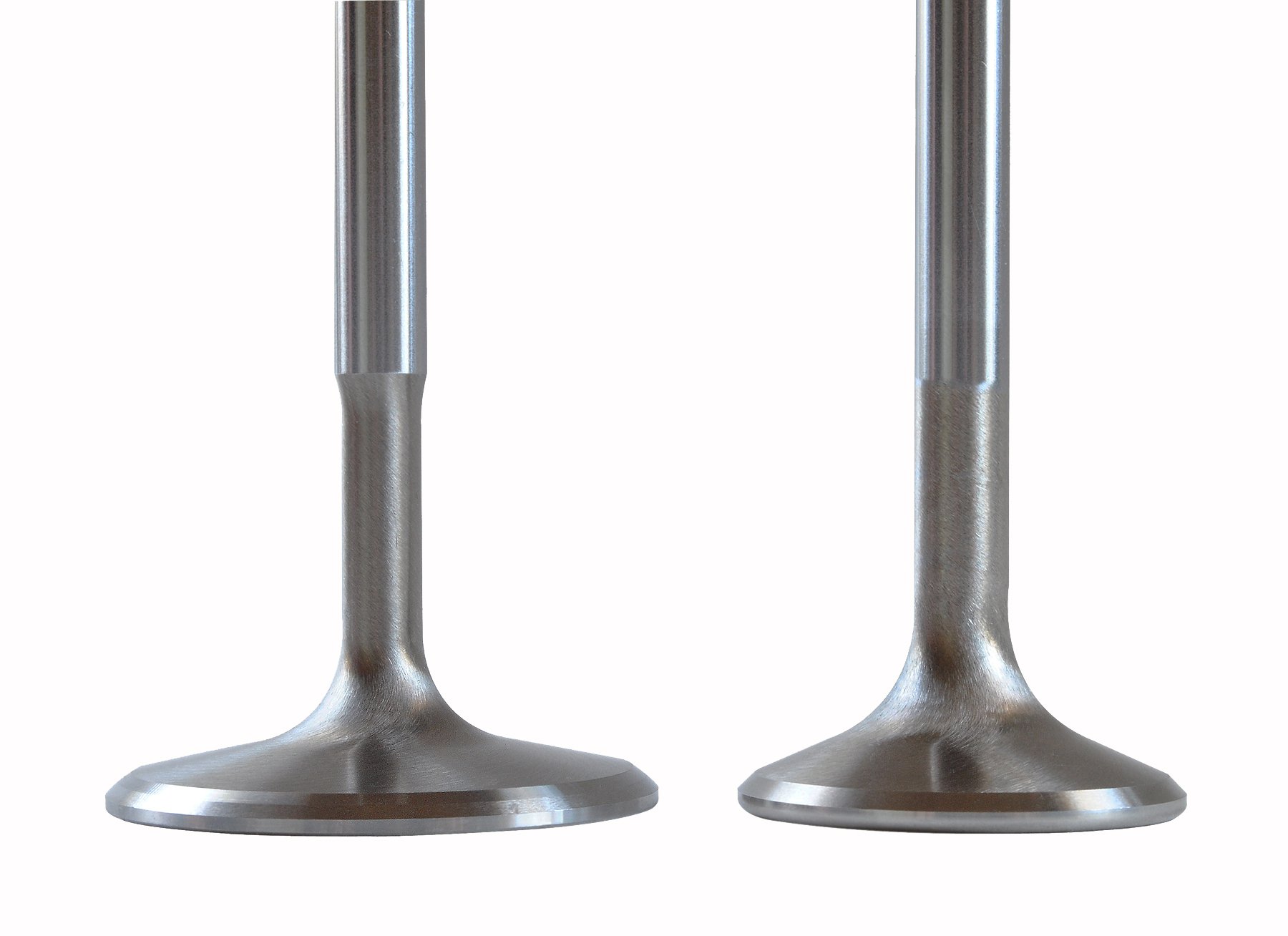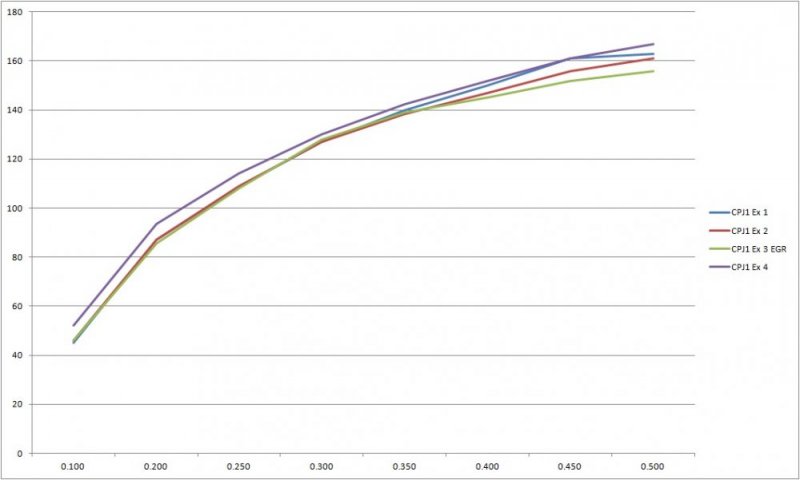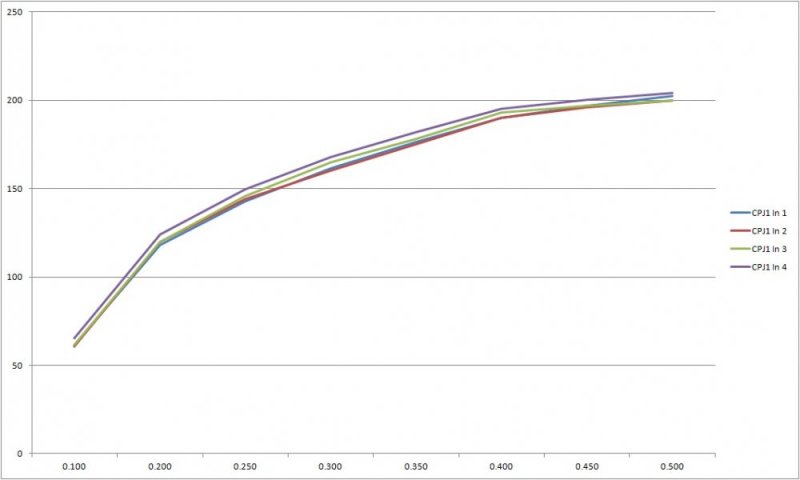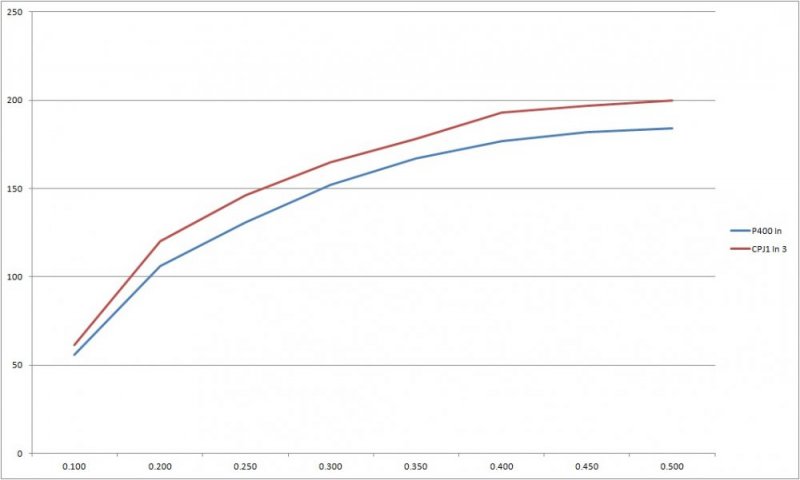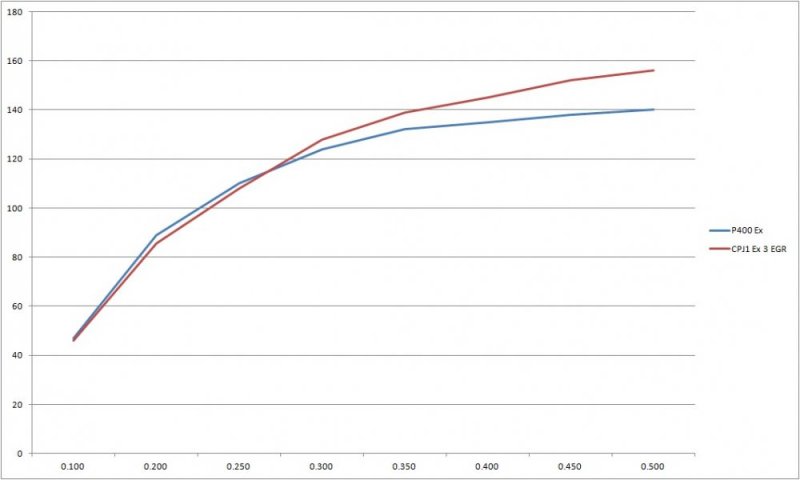FellowTraveler
Well-Known Member
[QUOTE="FellowTraveler, post: 514552, member: 16413")
From lack of any real data on porting the inferior 6.5 IDI head IMHO it is hit or miss as far as good results go.
Well can ya give us any idea what good results would be as far as numbers go?? Have you measured the runners any at all and maybe compared them to anything??
And lack of data is the reason for this endeavor, Myself & John do see their is a need for improvements, but we both also need to see real numbers, not just believe something someone said...
Would it make all this better if this motor hit big on a dyno, or if a vendor said it gave X amount of power but couldn't or wouldn't prove result's??
Head porting isn't a fix all... it's another mod that will add to the package..[/QUOTE]
Actually, I've read your go-around's on this topic other sites over the years and no one has numbers, I don't either, but have at it I never said you shouldn't do it just pointed out the issue of the pre-cup inhabiting valuable space where IMHO porting could help 6.5 heads and as for the exhaust manifolds it's the same no one has numbers. In my experience low rpm's will not yield the best results on a 2 valve IDI 6.5 diesel if it did it would have been done already.......that's all.
Ask yourself why no really good cams are available for the 6.5 td?
Have you even tried a 4" down pipe? In my as well as other individuals experience the 3" down pipe is an issue with big turbos no matter how much fuel is thrown at it.
Dyno results with an auto transmission are inaccurate, see why in my post in 6.5 performance.

